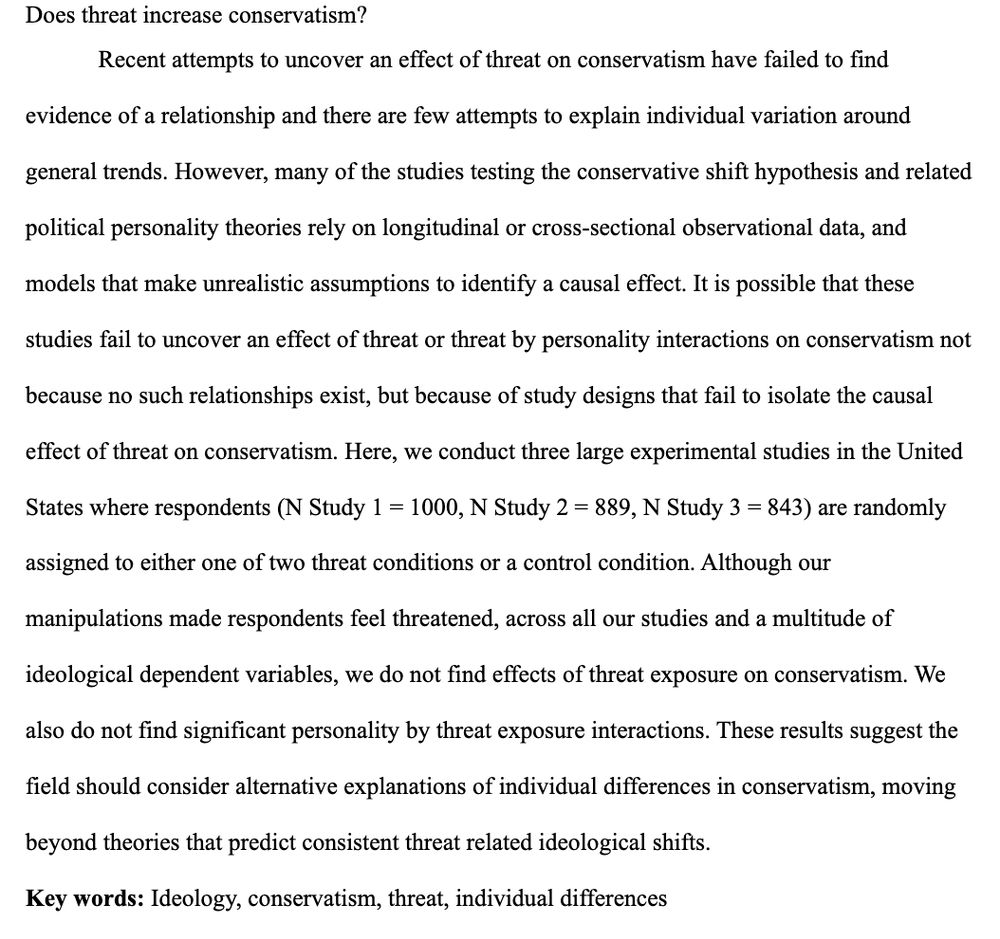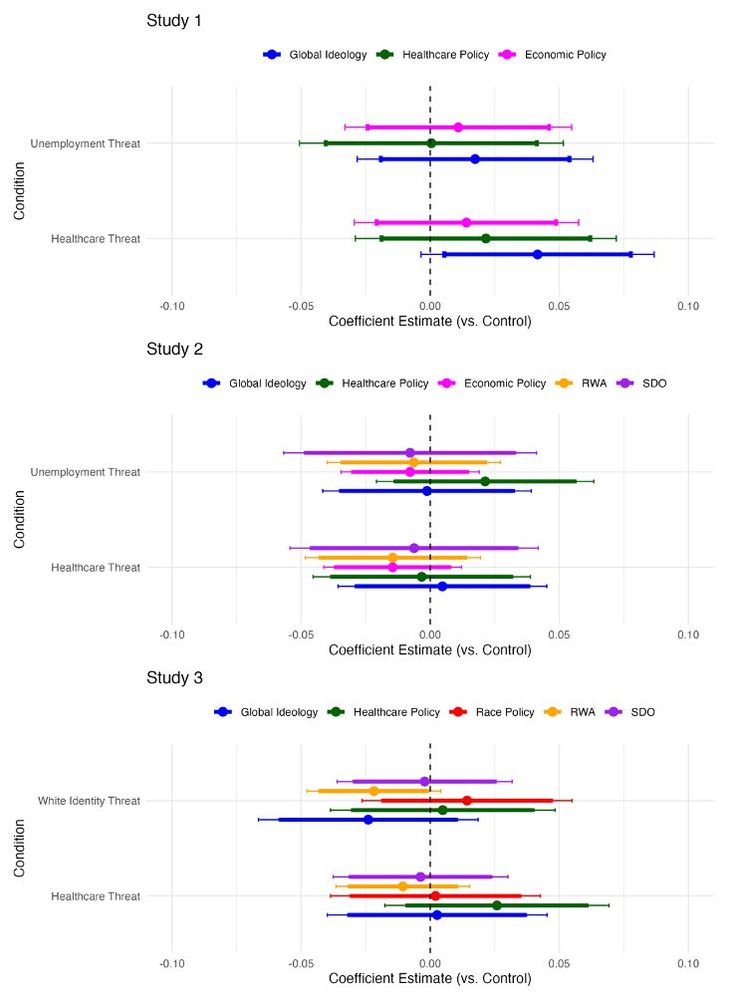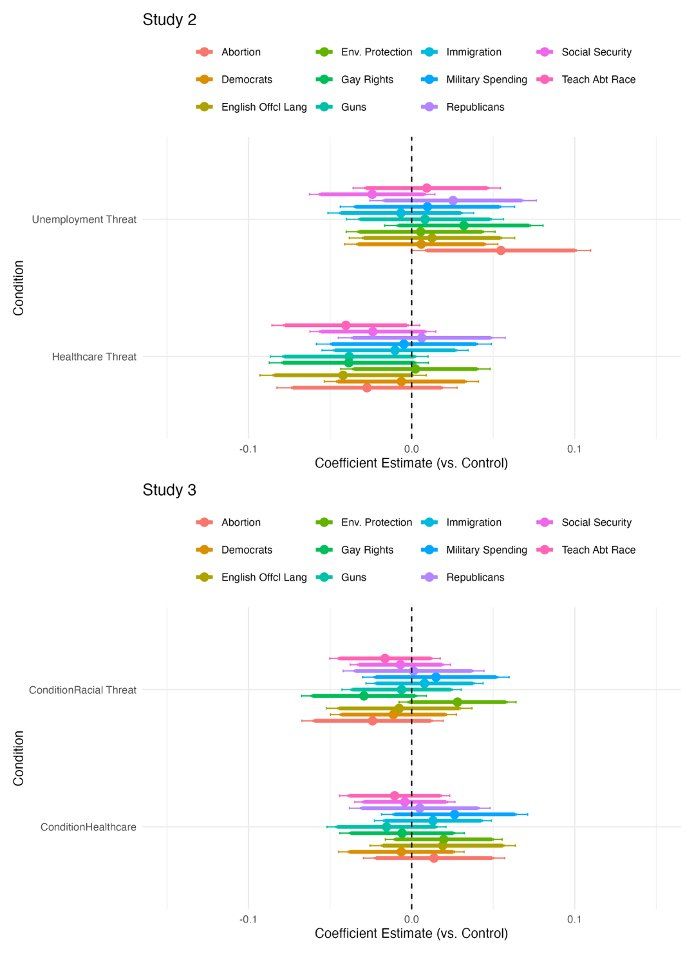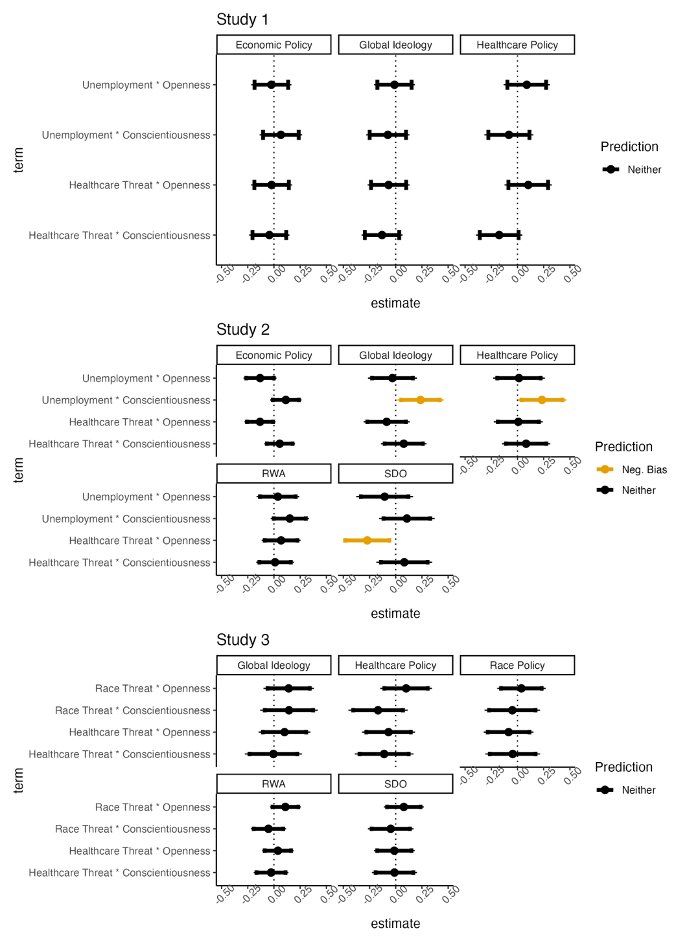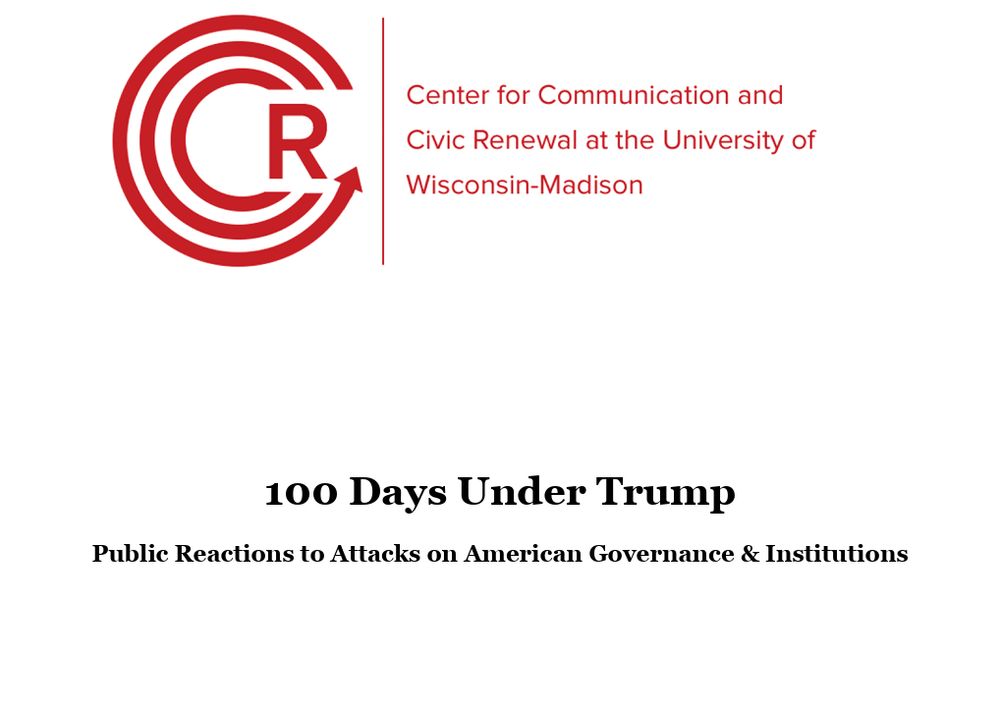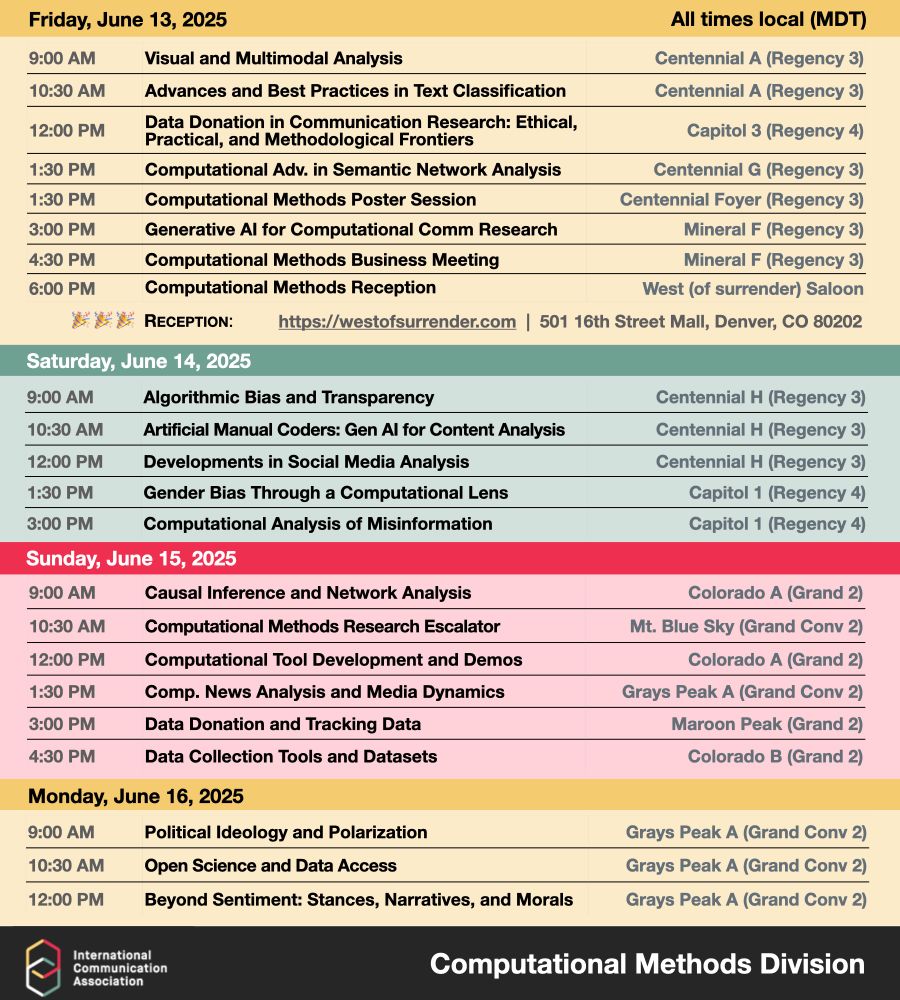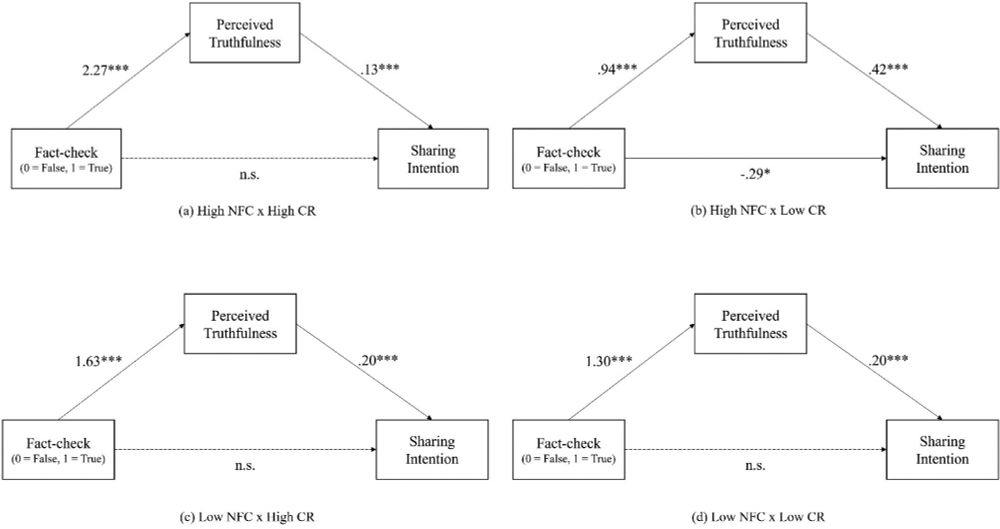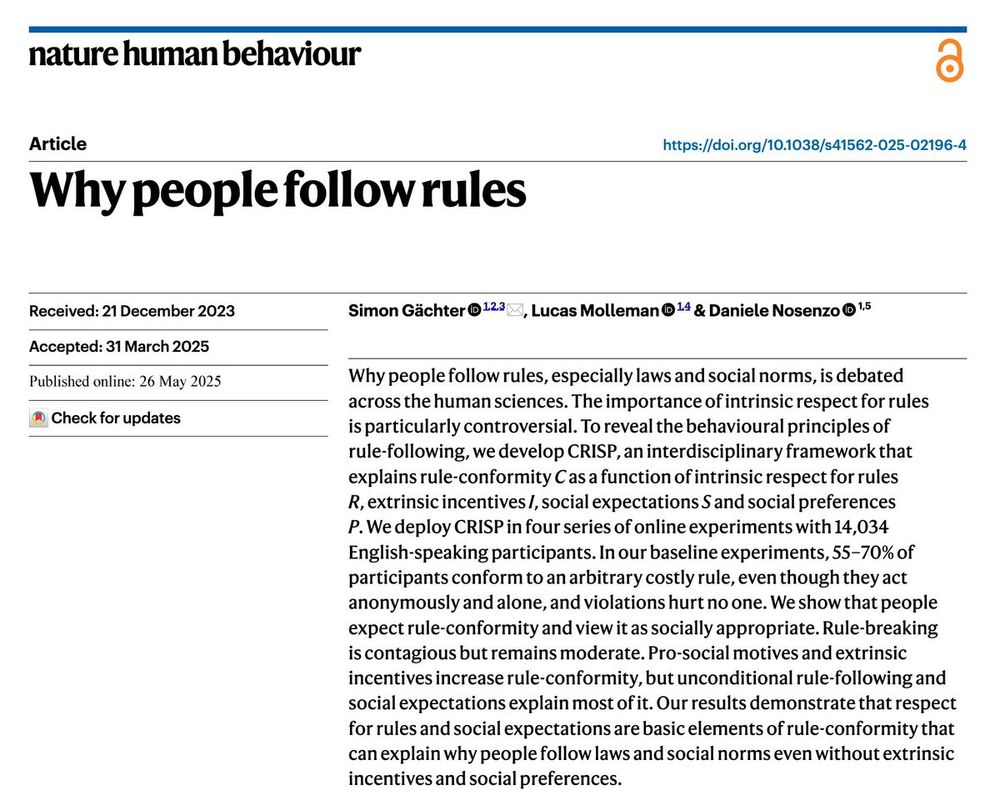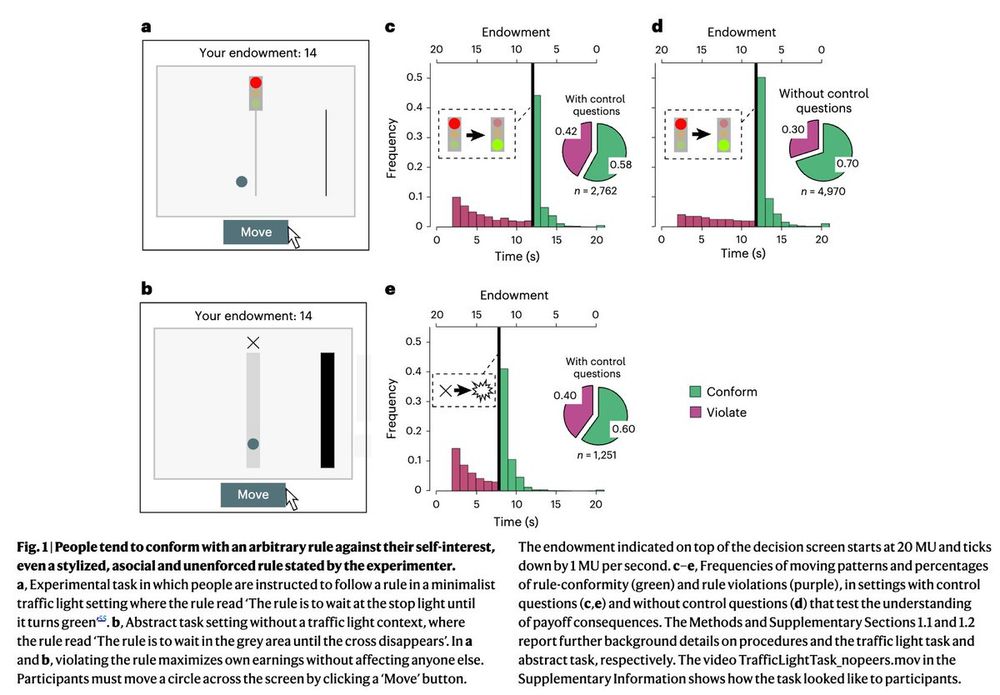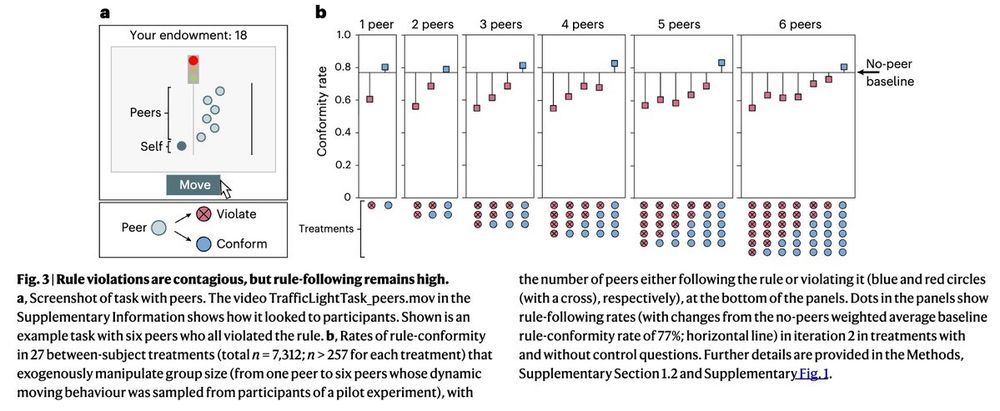Ross Dahlke
@rossdahlke.bsky.social
11K followers
4.4K following
360 posts
asst. prof. @uwsjmc.bsky.social rossdahlke.com
Posts
Media
Videos
Starter Packs
Reposted by Ross Dahlke
Jo(sephine) Lukito
@jolukito.bsky.social
· Jul 28
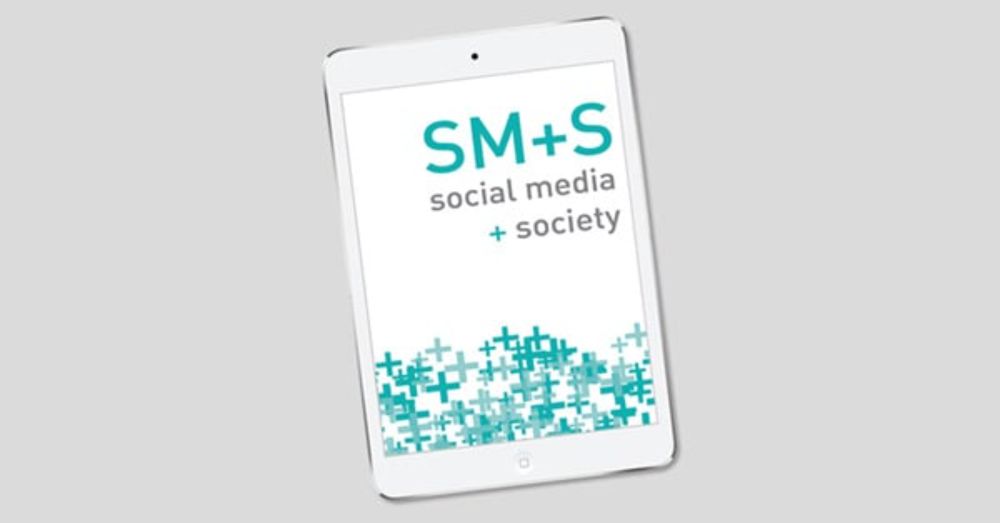
Candidates Be Posting: Multi-Platform Strategies and Partisan Preferences in the 2022 U.S. Midterm Elections - Josephine Lukito, Maggie Macdonald, Bin Chen, Megan A. Brown, Stephen Prochaska, Yunkang ...
In this multi-platform, comparative study, we analyze social media messages from political candidates (N = 1,517) running for Congress during the 2022 U.S. Midt...
journals.sagepub.com
Ross Dahlke
@rossdahlke.bsky.social
· Jun 27
Reposted by Ross Dahlke
Ross Dahlke
@rossdahlke.bsky.social
· Jun 11
Reposted by Ross Dahlke













